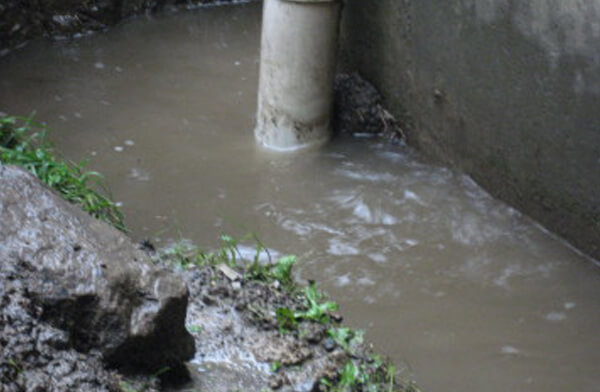6 Ways to Locate Concealed Water Leaks in Your House
6 Ways to Locate Concealed Water Leaks in Your House
Blog Article
Each person has got their own individual conception when it comes to Hacks to detect leaks.

Early discovery of dripping water lines can minimize a possible catastrophe. Some small water leaks might not be noticeable.
1. Take A Look At the Water Meter
Every home has a water meter. Inspecting it is a surefire way that aids you find leaks. For starters, shut off all the water sources. Ensure no person will certainly flush, use the tap, shower, run the cleaning maker or dishwashing machine. From there, go to the meter and watch if it will change. Given that no person is utilizing it, there should be no movements. That shows a fast-moving leakage if it relocates. If you find no changes, wait a hr or 2 as well as check back once again. This implies you might have a slow leakage that can also be underground.
2. Examine Water Intake
Examine your water bills and also track your water intake. As the one paying it, you need to see if there are any type of disparities. If you find sudden changes, despite your usage coinciding, it suggests that you have leaks in your plumbing system. Bear in mind, your water bill need to fall under the exact same array monthly. An abrupt spike in your costs indicates a fast-moving leak.
On the other hand, a constant increase on a monthly basis, despite having the exact same habits, shows you have a sluggish leak that's likewise gradually intensifying. Call a plumber to completely inspect your building, especially if you really feel a cozy area on your flooring with piping below.
3. Do a Food Coloring Examination
When it comes to water usage, 30% originates from bathrooms. Test to see if they are running correctly. Decrease flecks of food shade in the storage tank and also wait 10 mins. If the shade somehow infiltrates your bowl throughout that time without flushing, there's a leakage between the container as well as bowl.
4. Asses Outside Lines
Don't neglect to check your exterior water lines as well. Examination faucets by attaching a garden hose. Must water seep out of the link, you have a loosened rubber gasket. Replace this as well as make certain all links are tight. If you've got an automatic sprinkler, it will certainly aid get it professionally checked out as well as maintained each year. One tiny leakage can lose lots of water and also surge your water bill.
5. Evaluate the scenario as well as inspect
Homeowners ought to make it a behavior to check under the sink counters as well as also inside cabinets for any bad odor or mold and mildew growth. These two warnings indicate a leakage so punctual attention is required. Doing regular evaluations, also bi-annually, can save you from a major issue.
Examine for stainings and also damaging as most pipes and also devices have a life span. If you believe leaking water lines in your plumbing system, don't wait for it to escalate.
Early detection of dripping water lines can alleviate a possible disaster. Some little water leaks might not be noticeable. Inspecting it is a surefire means that aids you uncover leakages. One tiny leak can waste tons of water and surge your water costs.
If you believe dripping water lines in your plumbing system, don't wait for it to intensify.
WARNING SIGNS OF WATER LEAKAGE BEHIND THE WALL
PERSISTENT MUSTY ODORS
As water slowly drips from a leaky pipe inside the wall, flooring and sheetrock stay damp and develop an odor similar to wet cardboard. It generates a musty smell that can help you find hidden leaks.
MOLD IN UNUSUAL AREAS
Mold usually grows in wet areas like kitchens, baths and laundry rooms. If you spot the stuff on walls or baseboards in other rooms of the house, it’s a good indicator of undetected water leaks.
STAINS THAT GROW
When mold thrives around a leaky pipe, it sometimes takes hold on the inside surface of the affected wall. A growing stain on otherwise clean sheetrock is often your sign of a hidden plumbing problem.
PEELING OR BUBBLING WALLPAPER / PAINT
This clue is easy to miss in rooms that don’t get much use. When you see wallpaper separating along seams or paint bubbling or flaking off the wall, blame sheetrock that stays wet because of an undetected leak.
BUCKLED CEILINGS AND STAINED FLOORS
If ceilings or floors in bathrooms, kitchens or laundry areas develop structural problems, don’t rule out constant damp inside the walls. Wet sheetrock can affect adjacent framing, flooring and ceilings.
https://www.servicemasterbyzaba.com/blog/how-to-detect-water-leakage-in-walls/

As a devoted person who reads about Hacks to detect leaks, I figured sharing that excerpt was really useful. In case you appreciated our blog post plz make sure you remember to share it. We enjoy reading our article about Hacks to detect leaks.
Report this page